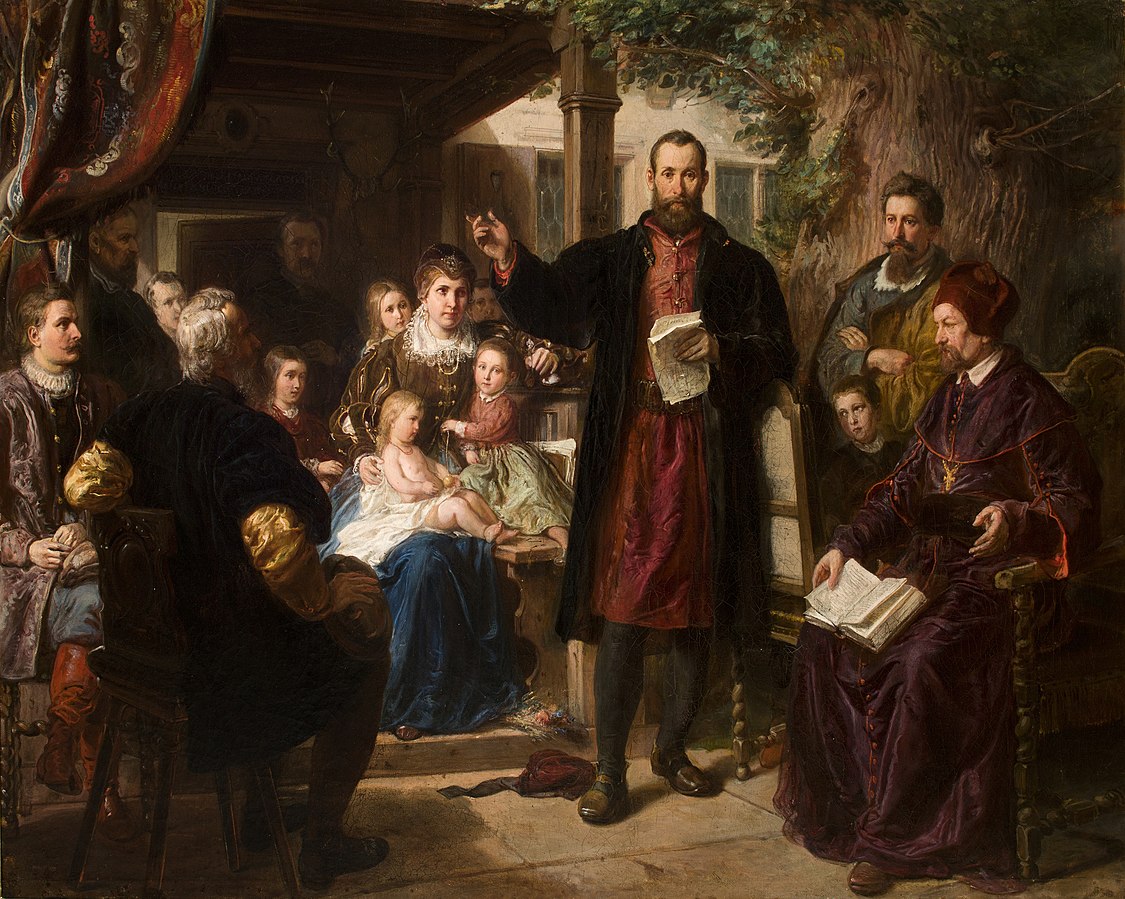The Podlodowski family, of Janina coat of arms, is a well-known family of the Sandomierz region. The greatest number of references to it are found in the 15th and 16th centuries. At that time, its representatives began to make official careers at the royal courts, being active in the political life of the country during the reign of the last Jagiellons.
Despite appearances, there are not many material traces of the Podlodowski family’s life in Poland, which have been preserved in good condition. They include the ruins of a manor house in Żuków near Radom, which decayed at the end of the 18th century, a residence in Przytyk and in Zakrzewo (between Radom and Przytyk). The most interesting building of this type is the manor house in Żuków, called ‘the castle’ by the local inhabitants. In the corners of the building there are protruding towers, which suggest the defensive nature of the remains of the building. The towers include residential and defensive functions, called a palaisdonjon, and other details make the building unique. In Poland, a similar arx-type manor house was owned by Rafał Leszczyński of Gołuchów in Wielkopolska (1560). The uniqueness of the building is reflected in the fact that Żuków is an example of the use of the 12th-13th century idea of a defensive seat of Western European knighthood as an ideological symbol in the struggle for a state monarchy, in which the nobility, including the middle class, represented by the Podlodowskis, was to play a key role.
The Żuków manor was erected in the mid-16th century by Walenty Podlodowski, who was a participant in the Battle of Obertyn (1531), fighting under the command of Hetman Jan Tarnowski. Others of the family became court officials. Walenty’s cousin Stanisław Lupa was a well-known speaker at the Sejm and an opponent of King Zygmunt August’s marriage to Barbara Radziwiłłówna. Walenty’s brother Jerzy, on the contrary, supported Radziwiłłówna. He even became her secretary. The Podlodowski family’s splendour was further enhanced by their affinity with Renaissance poet Jan Kochanowski (1530-1584). Grzegorz’s sister, Stanisław Lupa’s son Dorota, was the wife of the poet master from Czarnolas. She took care of her husband’s legacy after his death, thanks to which it was published in 1585-1606.
The other residences of the Podlodowski family were built at a lower cost, although it is worth noting that they were all built of brick, which testified to the status of this middle nobility. As a rule, their representatives built their residences from wood, which cost ten times less than a stone building.
The memory of the now somewhat forgotten the Podlodowskis was brought back to life by Jan Matejko in his painting Rzeczpospolita Babińska (The Babińska Republic), depicting the Sandomierz carpenter Stanislaw Lupa. Another nineteenth-century painter depicted Jan Kochanowski in Czarnolas reading a translation of the Psalms, and his wife Dorota with their children.





